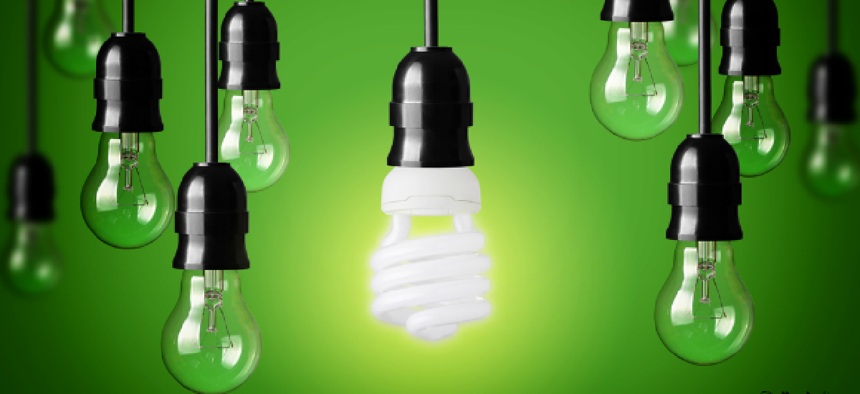State finds power in data center consolidation

Utah's state government cut its number of servers from 1,864 to 591 and saved $4 million on its IT budget.
Second of four parts.
Organizations throughout government are reducing the number of data centers they operate and finding savings in a number of areas, perhaps most measurably in the power they consume.
In Utah, the state government cut $4 million out of its annual IT budget as a result of consolidating 35 data centers and machine rooms into a primary and a failover site to support its 23,000 employees. The consolidation effort involved virtualizing servers, deploying modern storage systems and reducing IT staff by 20 percent.
During this 18-month consolidation effort, Utah decreased the number of physical servers it operates from 1,864 to 591 – a reduction of two-thirds. Utah standardized on HP servers running VMware and Hitachi storage systems.
After the consolidation, Utah upgraded its primary data center to an evaporative water-chilled air conditioning system and deployed hot-and-cold aisle containment. This investment immediately slashed the data center’s monthly power bill from $25,000 to $16,500.
“The air conditioning units in the data center consume about 75 percent to 85 percent of the power in the data center,’’ said Russell Smith, data center manager. “The capital outlay on the cooling system was $300,000, with $200,000 from [American Recovery and Reinvestment Act] funds. Our ROI was just over a year.”
Utah deployed Niagara Framework, an environmental monitoring system, so that it can measure the energy efficiency of its data center and keep tweaking settings to improve it. Currently, the Utah data center’s power usage effectiveness (PUE) rating is 1.3, an impressive feat, considering that 1.0 is a perfect score and 1.8 is average for data centers.
“If you look at the modeling we did at the start of the consolidation project, we expected 68 percent energy savings,’’ said Dave Fletcher, Utah’s chief technology officer. “I assume we achieved at least that much given the amount of servers we reduced and the fact that we closed inefficient machine rooms and moved to a more centrally cooled environment. We estimate we saved the environment about 15 million pounds of carbon dioxide emissions a year.”
Next on the agenda for Utah is to upgrade to an evaporative air conditioning system at its backup data center to cut costs there. Utah also is testing desktop virtualization with about 1,200 state employees.
Now that it has an efficient and cost effective data center – and 60 percent excess floor space – Utah plans to market private cloud infrastructure services to county and city governments.
“We have a university hospital which has quite a few racks here,” Fletcher said. “With our new infrastructure, we can rapidly spin up new services.”
NEXT STORY: The game changes for data center consolidation





